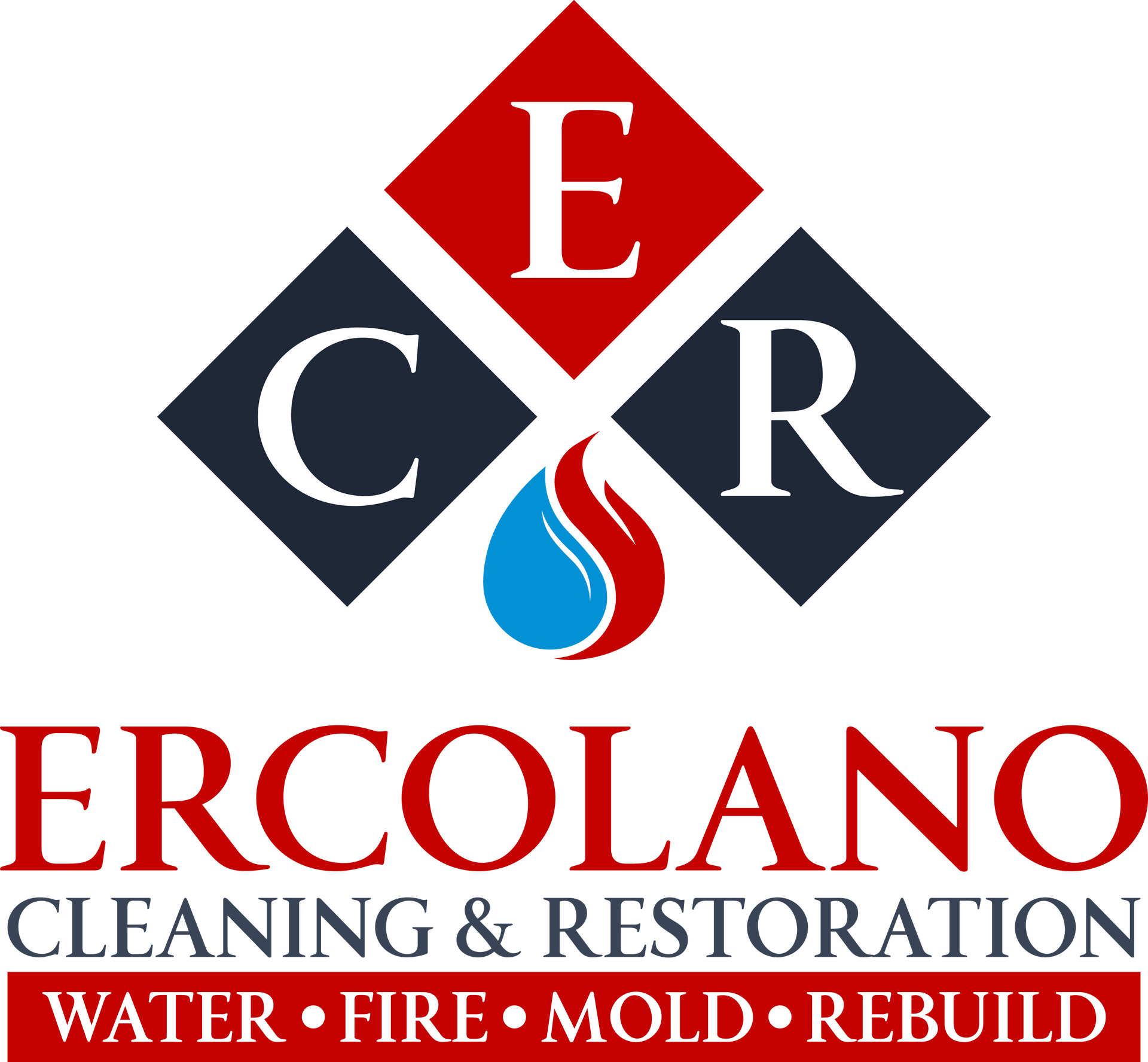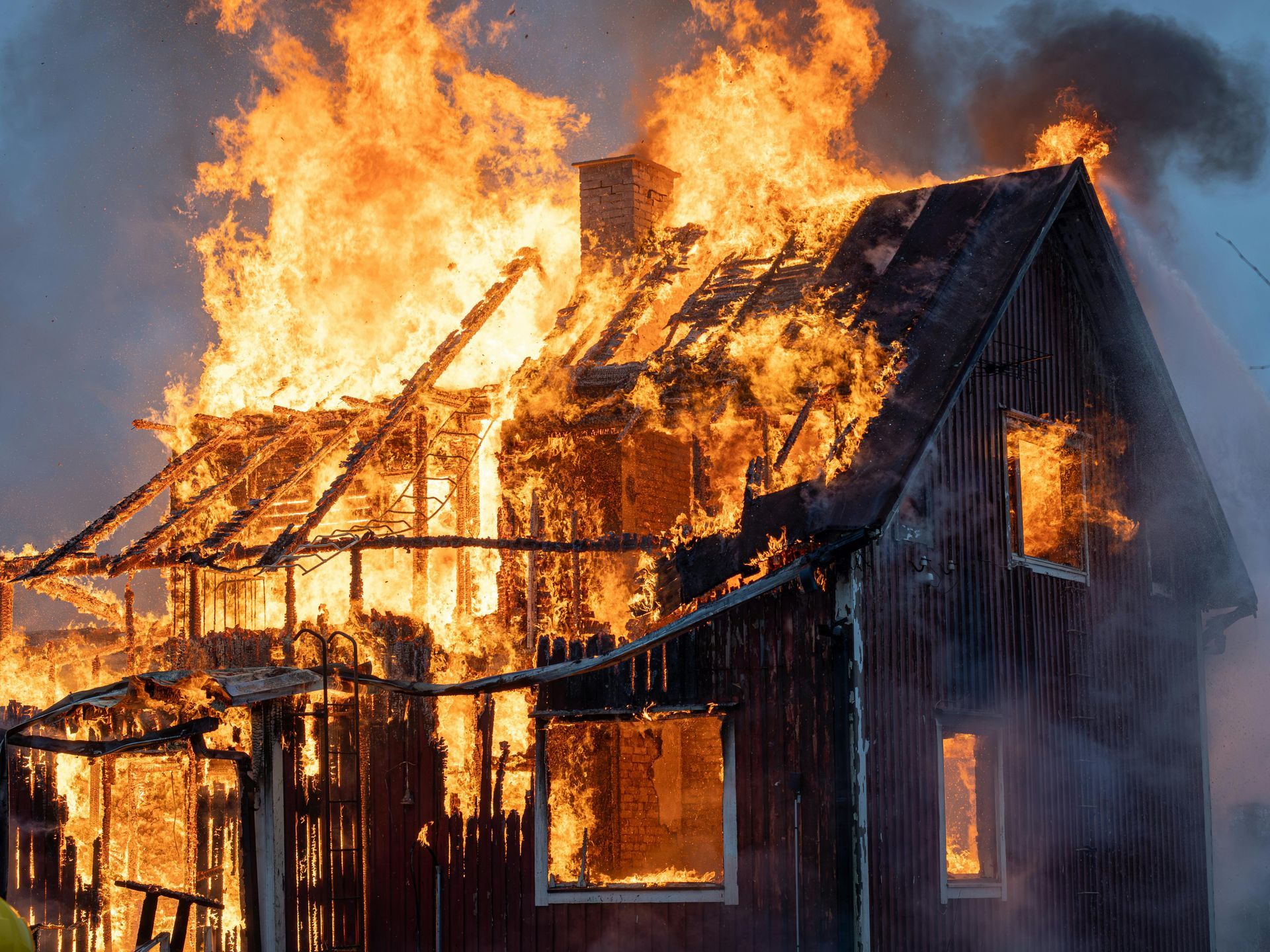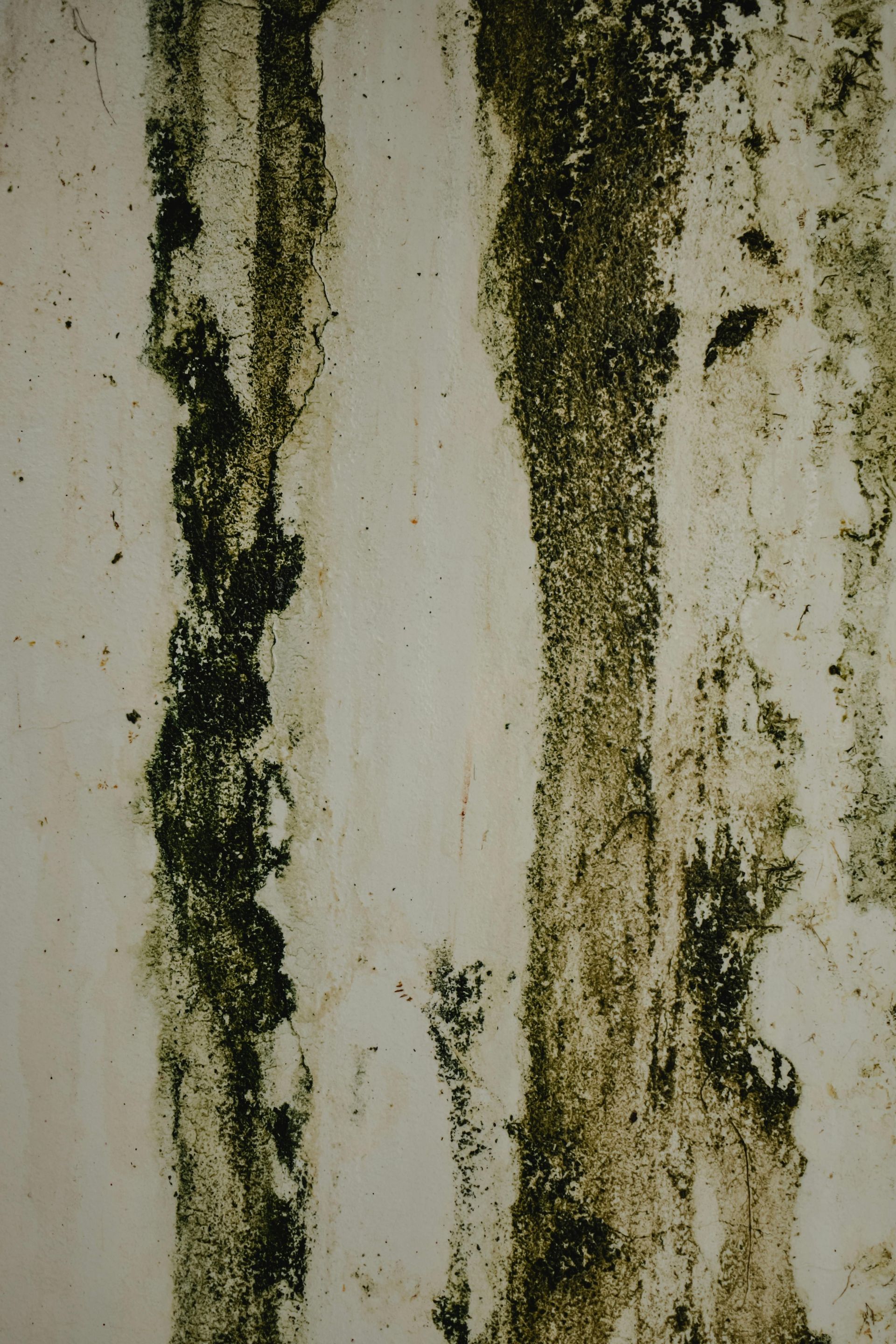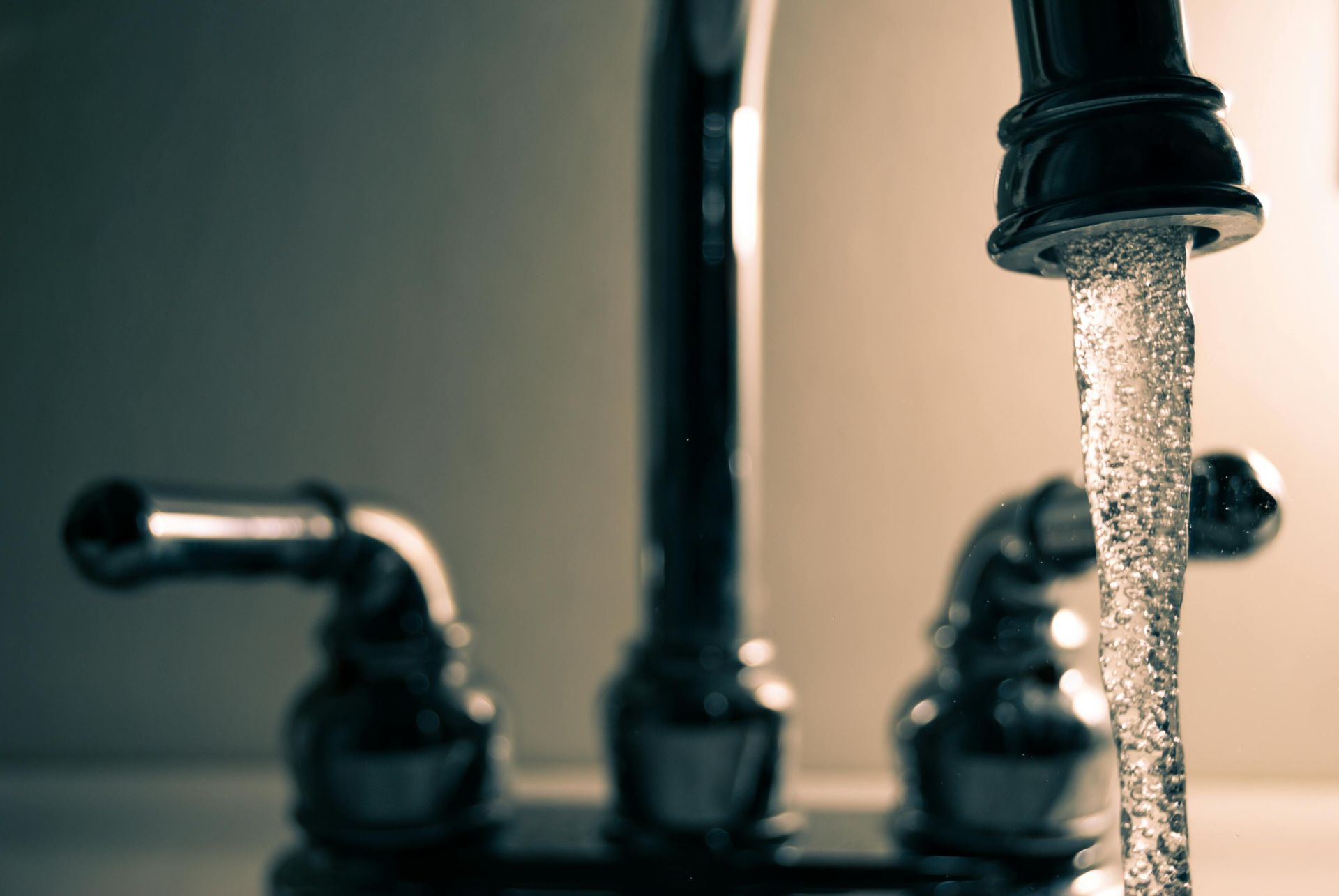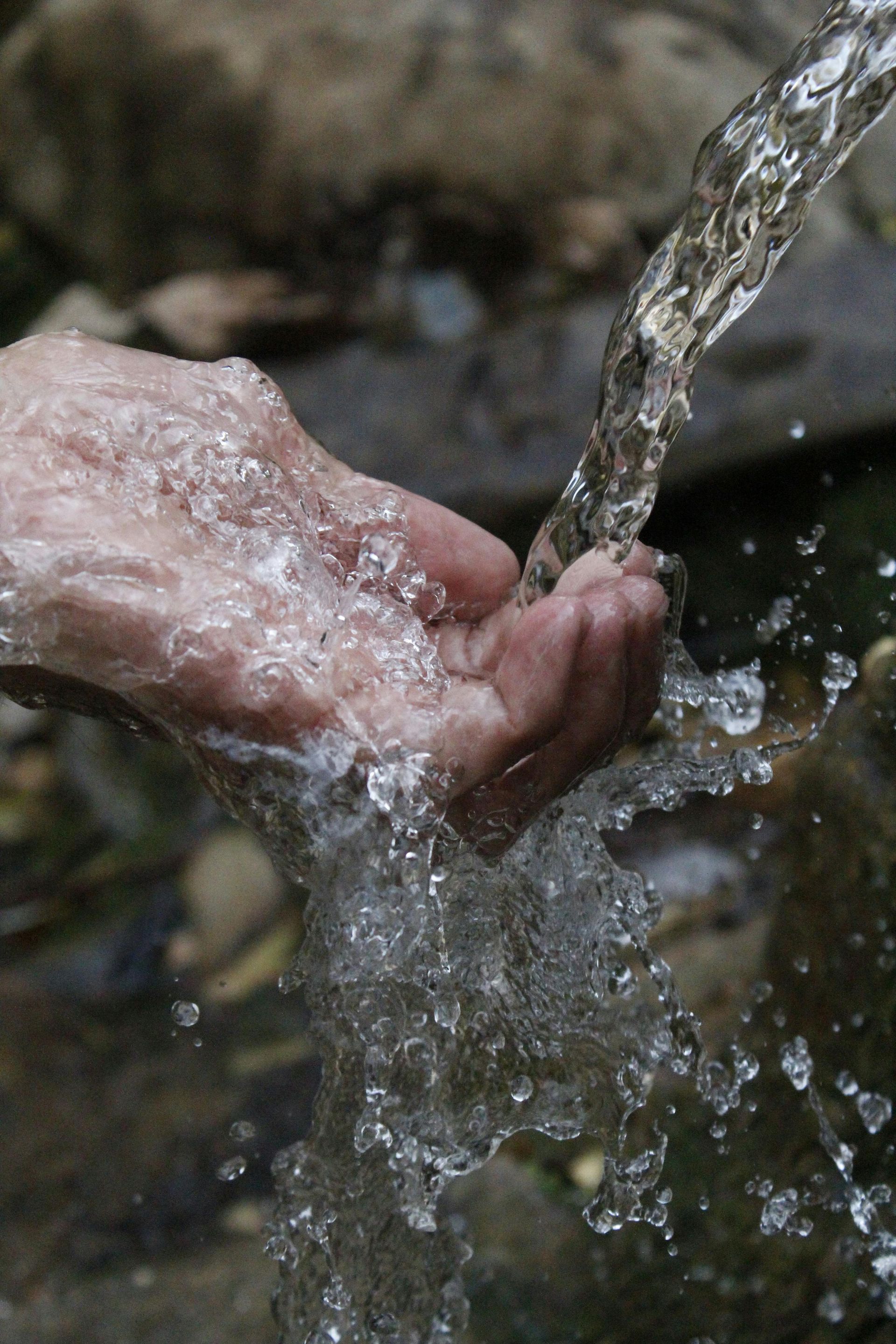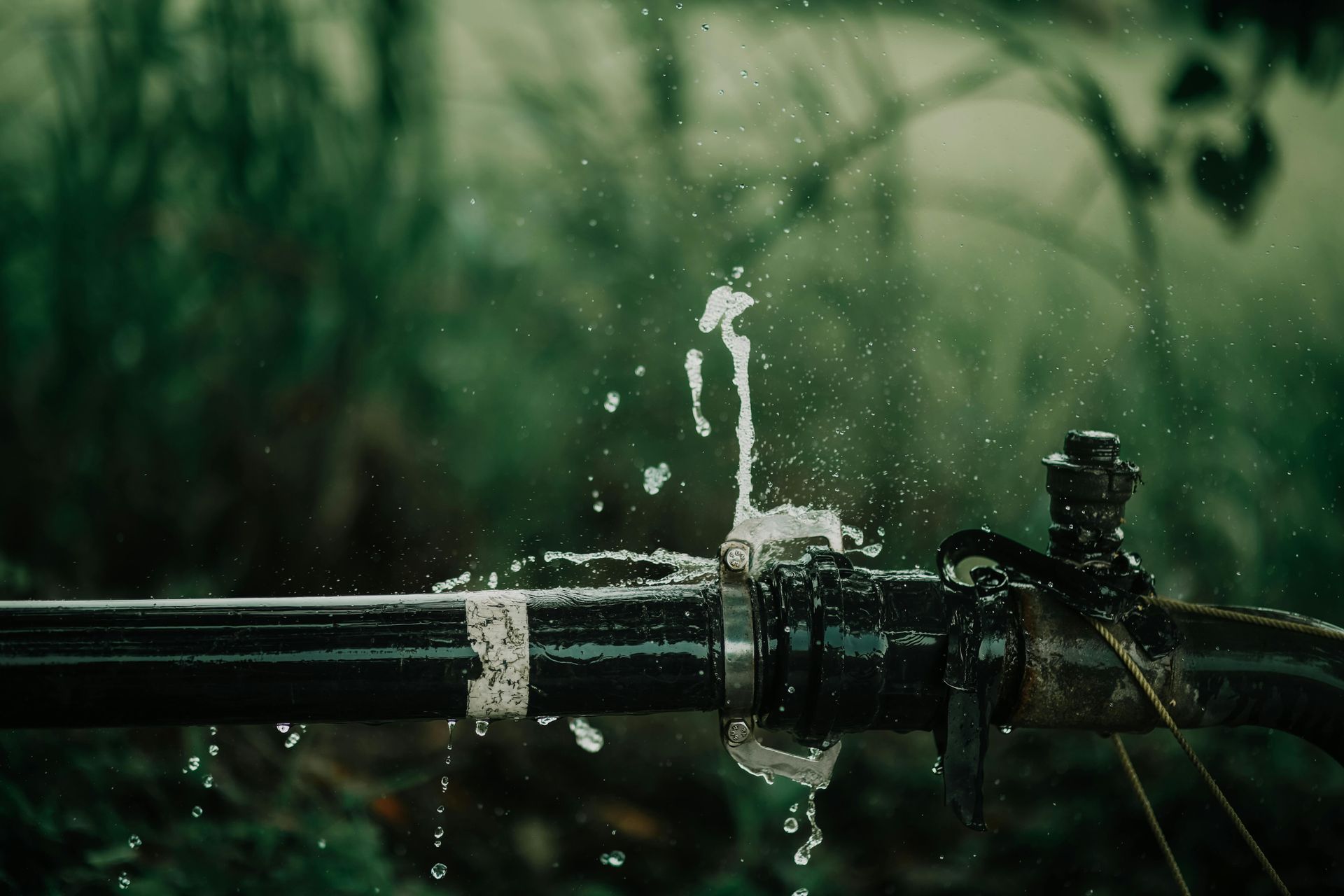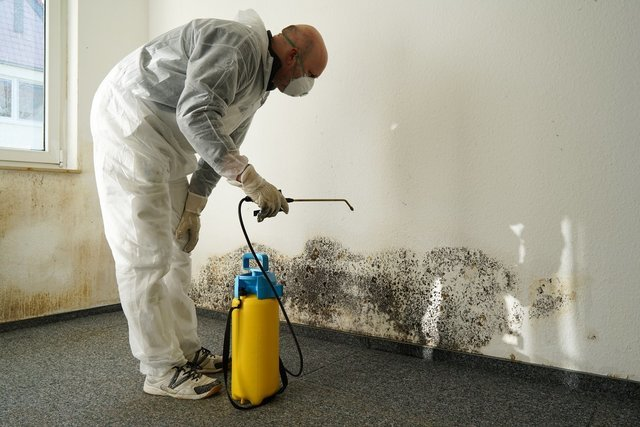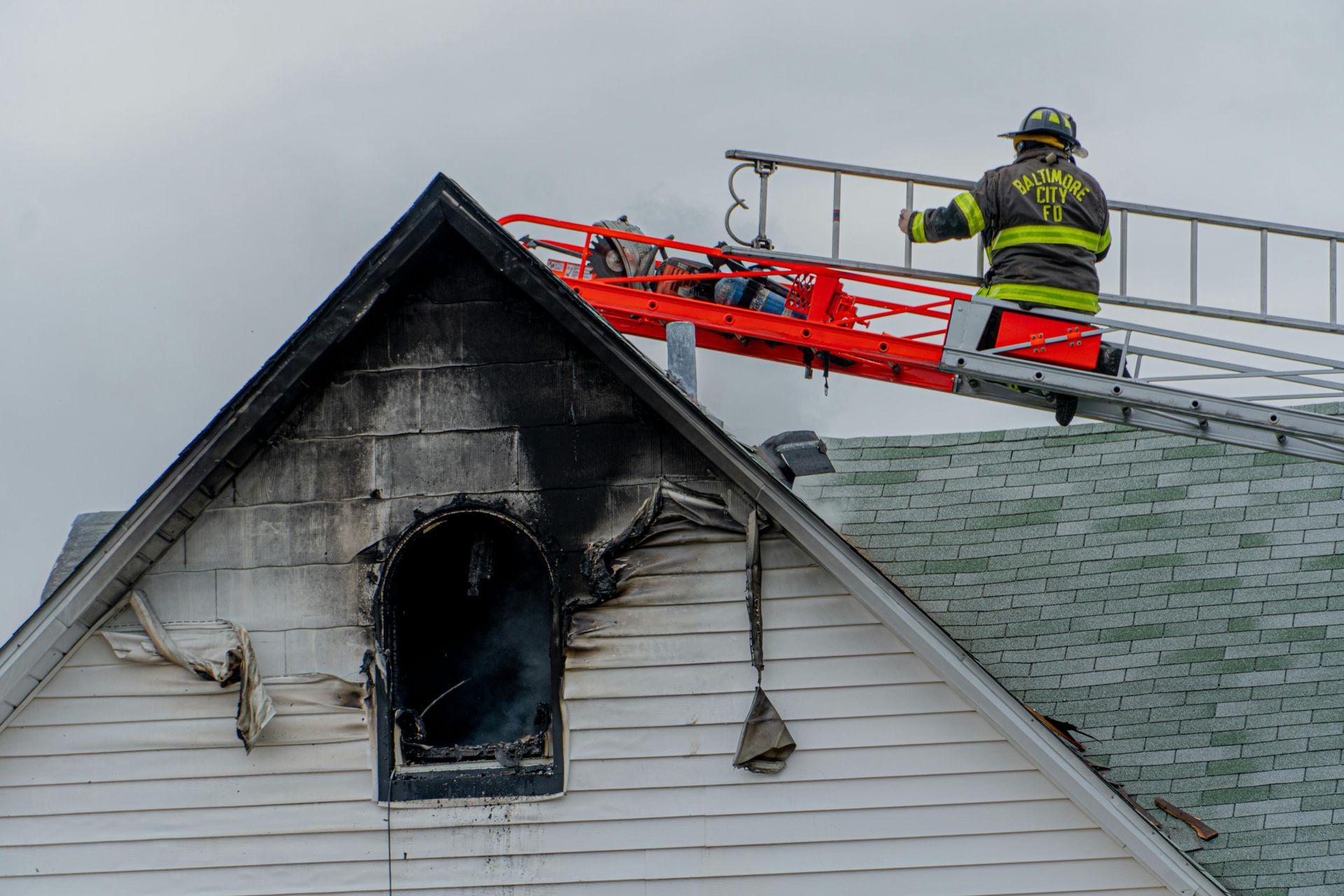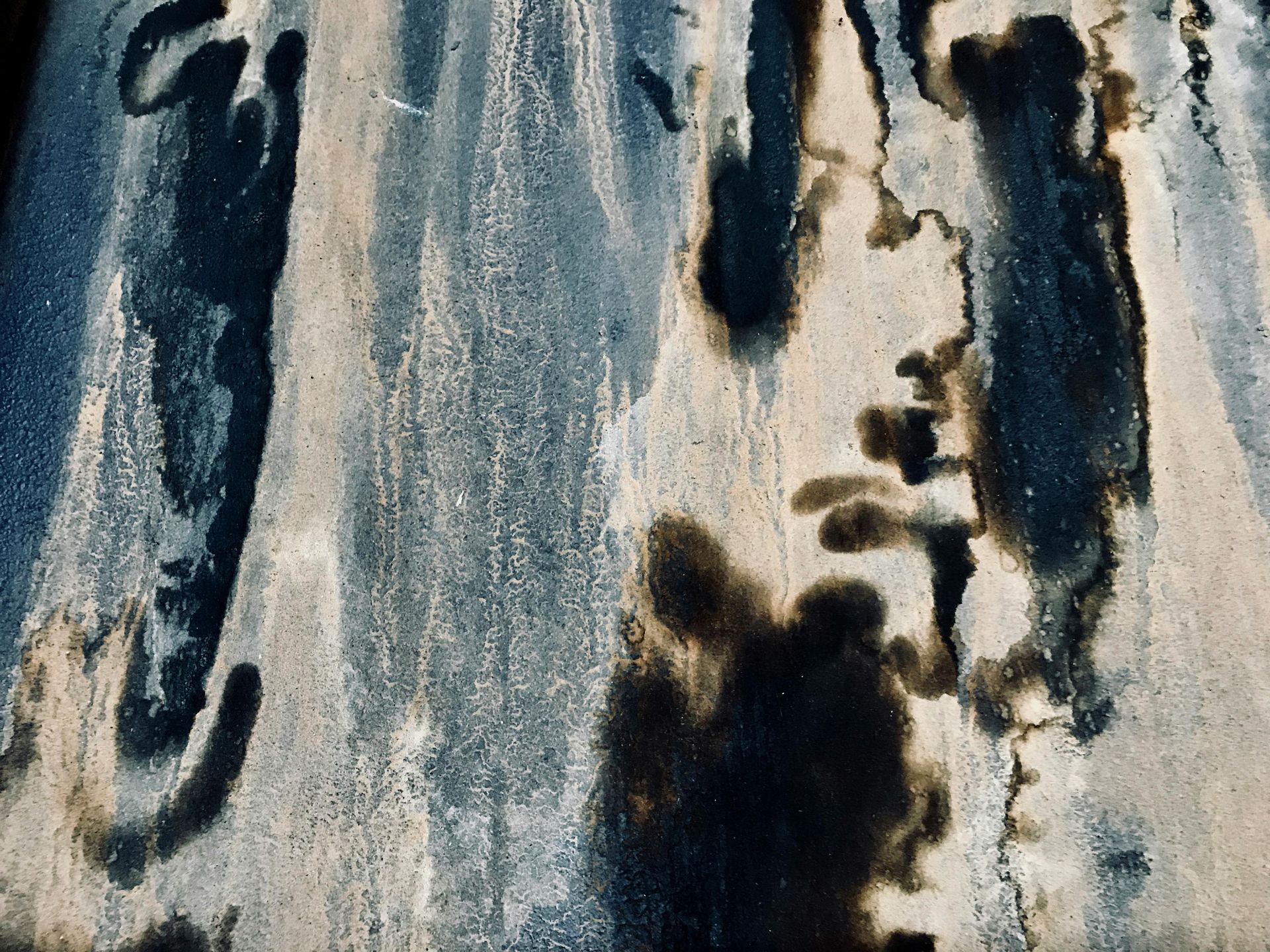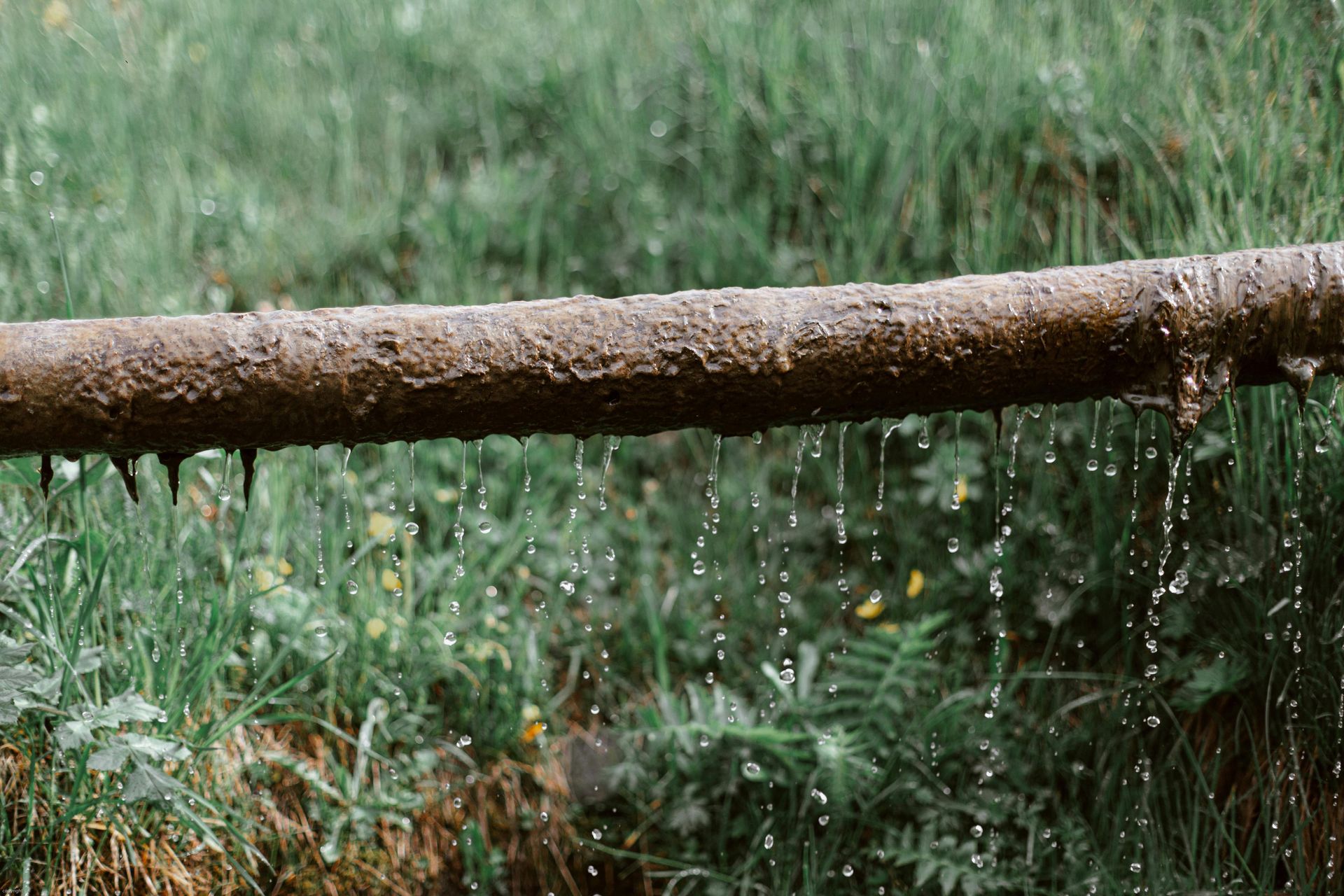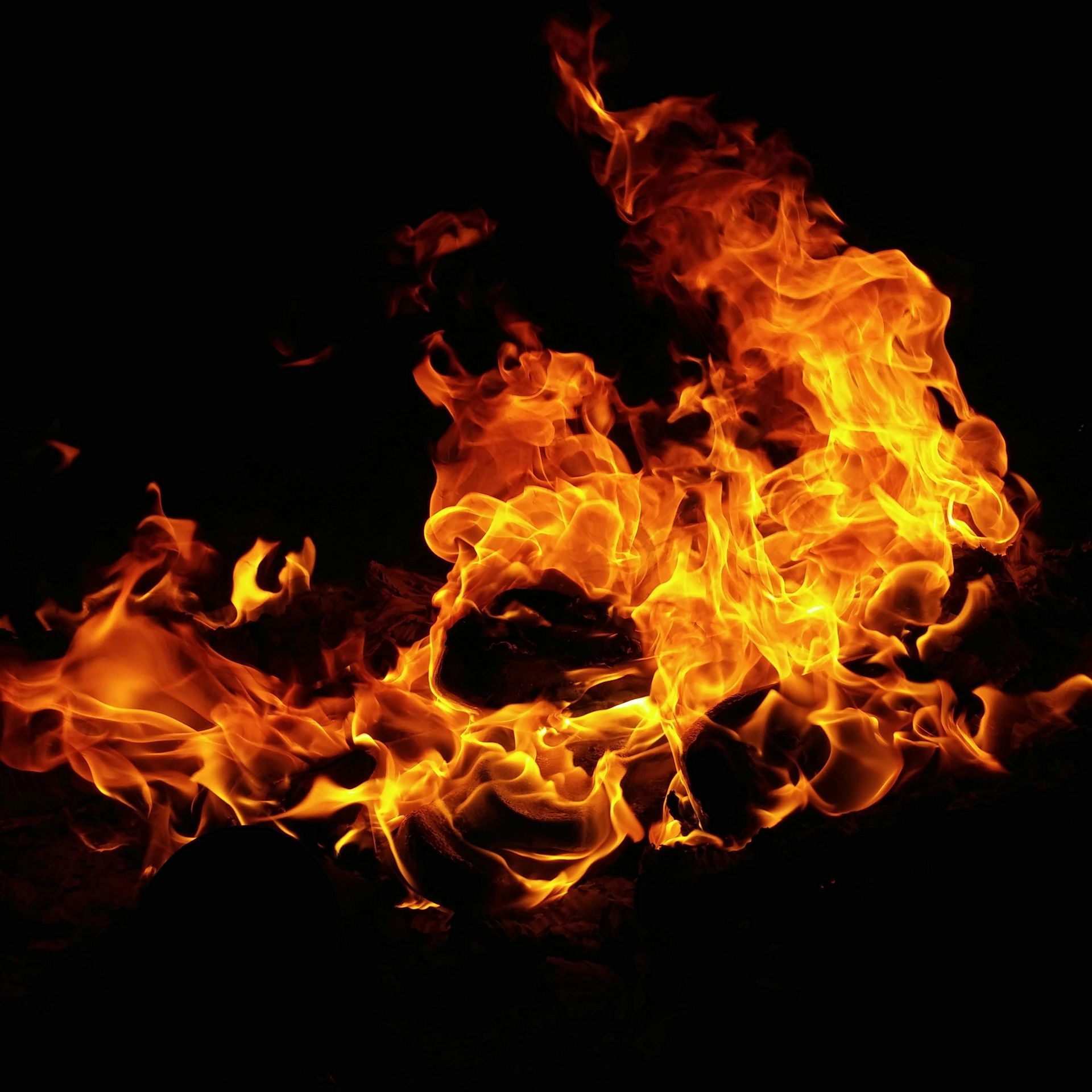How to Minimize Fire Damage in Your Home
Proactive Measures and Expert Tips to Minimize Fire Damage in Your House
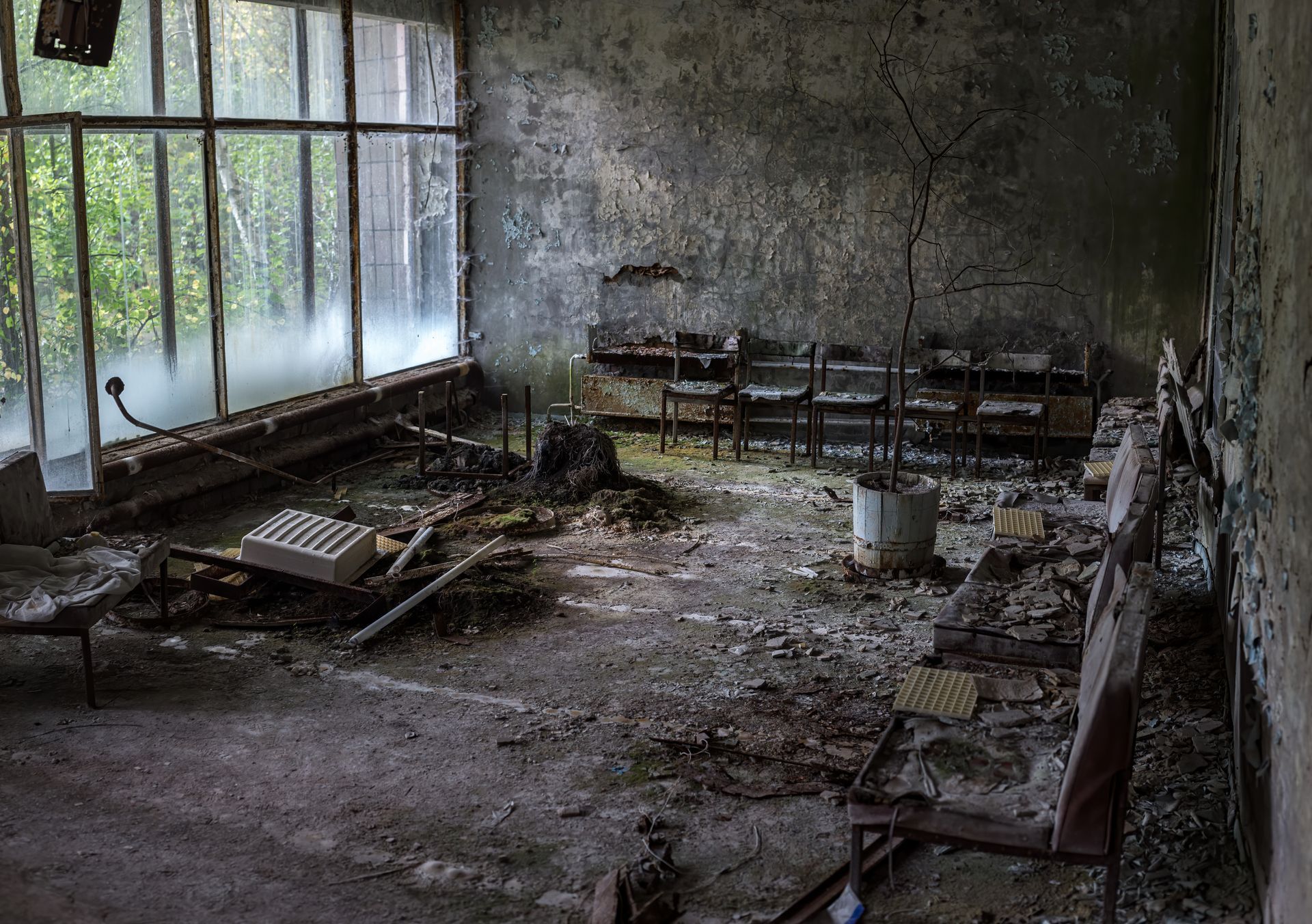
House fires can cause devastating damage and loss of life. According to the National Fire Protection Association (NFPA), U.S. fire departments responded to 1,353,500 fires in 2021. These fires caused 3,800 deaths, 14,700 civilian injuries, and $15.9 billion in direct damage. Taking prompt action during and after a fire is essential to minimizing further destruction and harm. Here we will discuss the most effective responses for dealing with house fires and how to ensure proper recovery from such an incident.
Importance of Quick and Effective Response
In the event of a fire, prompt and effective response is paramount to minimize damage. The severity of a fire can be categorized into three distinct levels, depending on its size and intensity.
The first level is minor fires, which are easily extinguished with portable extinguishers. These are often small enough that they can be contained without the need for evacuation. Second, is the intermediate level, which is larger and requires assistance from firefighting personnel. This type of response often requires evacuations and some degree of incidental damage to property.
The third and most intense level is major fires, which feature large flames and thick smoke that necessitates full-scale emergency operations. These typically cause severe destruction of both property and life and require a full-scale response from local authorities.
Using Fire Safety Equipment to Minimize Damage
When it comes to fire safety, there are three key levels of response: prevention, detection, and suppression. Properly implemented safety measures can help prevent fires from starting in the first place, detect when a fire has started, and suppress or contain it before any significant damage is done.
Fire prevention strategies include using proper ventilation systems, avoiding hazardous materials, and making sure all electrical systems are up to code. Fire detection efforts involve smoke detectors, fire alarms, sprinkler systems, and other measures that detect the presence of smoke or fire. When such a system is triggered, it can alert building occupants so that they can evacuate quickly and safely.
Fire Extinguishers
It is important to be prepared for a fire emergency. Having the right fire extinguishers in place and knowing how to use them correctly will help contain a potential fire and reduce damage. Here are some key steps to keep in mind when using a fire extinguisher:
- Pull the pin at the top of the extinguisher handle, which will unlock it.
- Aim the nozzle or hose at the base of the fire and keep your arm straight, ensuring that you are standing at a safe distance from the fire.
- Squeeze the lever slowly to discharge the extinguishing agent and sweep across the area of fire until it is extinguished completely.
- If the fire restarts, repeat the steps as many times as needed.
- Once the fire is completely put out, evacuate the area immediately and contact emergency services if necessary.
Fire Blankets
Fire blankets are an essential tool to have on hand in the event of a fire. They're easy to use and can be deployed quickly, making them highly effective for controlling small fires and minimizing damage. In general, fire blankets should be used when there is a direct flame or heat source that must be isolated.
To use a fire blanket, simply pull the blanket out of its container and spread it over the fire. This will smother the flame and allow you to safely put it out by moving away from the heat source. Fire blankets are strong enough to contain most small fires, helping to keep them from spreading too quickly.
Fire Evacuation Planning
Creating an effective fire evacuation plan is essential to ensure human safety and minimize property damage. It's important to identify the different levels of response for a potential fire emergency:
- Level 1: Fire Prevention – Establishing prevention measures such as regular maintenance, inspection, and training.
- Level 2: Fire Detection – Monitoring for signs of a fire with alarms, sprinkler systems, and fire extinguishers.
- Level 3: Fire Suppression – Quickly contain the flames with the appropriate tools, such as water hoses, fire blankets, or chemical fire suppressants.
- Level 4: Evacuation – Relocating personnel to a safe place away from the building and out of harm's way.
Immediate Post-Fire Actions
When a fire is extinguished, the actions taken immediately afterward can have a significant impact on the extent of the damage. Following the crucial steps outlined below will ensure safety and help mitigate any further damage.
First, it is essential to make sure that all people in the vicinity are safe from any further harm. This may include:
- Checking doors and windows for heat buildup
- Making sure fire alarms have been set off
- Evacuating the area immediately if necessary
Once everyone is safe, it is important to assess the damage done by the fire. It is useful to keep in mind that fires can cause damage to the structure of a building, as well as smoke and water damage due to the fire extinguishing process.
Safe Re-entry
It is important to assess the safety of returning to a home after a fire. Depending on the severity and type of fire, the structure may be compromised due to smoke damage or structural damage caused by high temperatures or flames. Smoke can contain toxic fumes that may linger long after the fire has been extinguished. Therefore, assessing the level of danger and learning when it is safe to return is essential.
It is best practice to wait for a professional inspector or fire crew to assess the safety of re-entering a home before anyone attempts to go back inside. Inspectors will look at whether there is any structural damage, as well as check for hazardous materials such as carbon monoxide and other contaminants.
Damage Mitigation
Fire damage can be devastating and require immediate attention. It is important to take the appropriate steps following a fire in order to prevent fire damage.
The first step to minimize fire damage is proper ventilation. This will help remove smoke, soot, and other hazardous materials from the air and reduce any potential health risks that come with them. Secondly, water extraction should take place as soon as possible. This involves removing any standing water from the property to prevent additional structural damage and mold growth. Lastly, soot and smoke cleanup are essential after a fire in order to restore air quality back to safe levels. Products like deodorizers and ozone generators can be used to eliminate odors caused by smoke damage.
Damage Assessment and Restoration
Fire damage is a serious issue and can be hard to assess on your own. Homeowners should always seek the help of a professional restoration service to properly assess the level of fire damage and ensure their safety. The process involves examining fire-affected areas, checking for structural integrity, and documenting any damages with photographs or videos that can be used as evidence when submitting an insurance claim.
Restoration services can help by minimizing further damage and cleaning up after the fire has been put out. They'll use special equipment to assess the extent of the fire, remove contaminated materials, restore furniture, and take steps to make sure that all areas are properly sanitized. In addition, they can provide guidance on how to avoid future fires and ensure that your home is a safe living environment.
The Role of Ercolano Cleaning & Restoration in Minimizing Fire Damage
Ercolano Cleaning & Restoration is dedicated to providing high-quality fire damage repair and restoration services. We have years of experience in assessing, mitigating, and restoring properties affected by fire. Our team of professionals provides 24/7 response to ensure that you get the help you need when it matters most.
We understand how devastating a fire can be for your family and business. That's why we offer a variety of services to help you get back on your feet as quickly as possible, including damage assessment, mitigation, and restoration. Our teams are trained in the latest techniques to reduce fire damage and make sure that everything is safe for you and your family.
Let's Rebuild Together: Connect with Ercolano Cleaning & Restoration Today
It is essential to understand the different response levels of fire damage and how they affect the restoration process. Ercolano Cleaning & Restoration provides experienced technicians who are experts in restoring homes after a fire. Our team works quickly and efficiently to use specialized equipment for smoke odor removal, water extraction, and debris cleanup. We understand that dealing with any type of fire damage can be an overwhelming experience. That's why we are here to help and provide reliable services that restore your home. Contact us today and see how our team can assist you in getting back to normal after a fire emergency.
